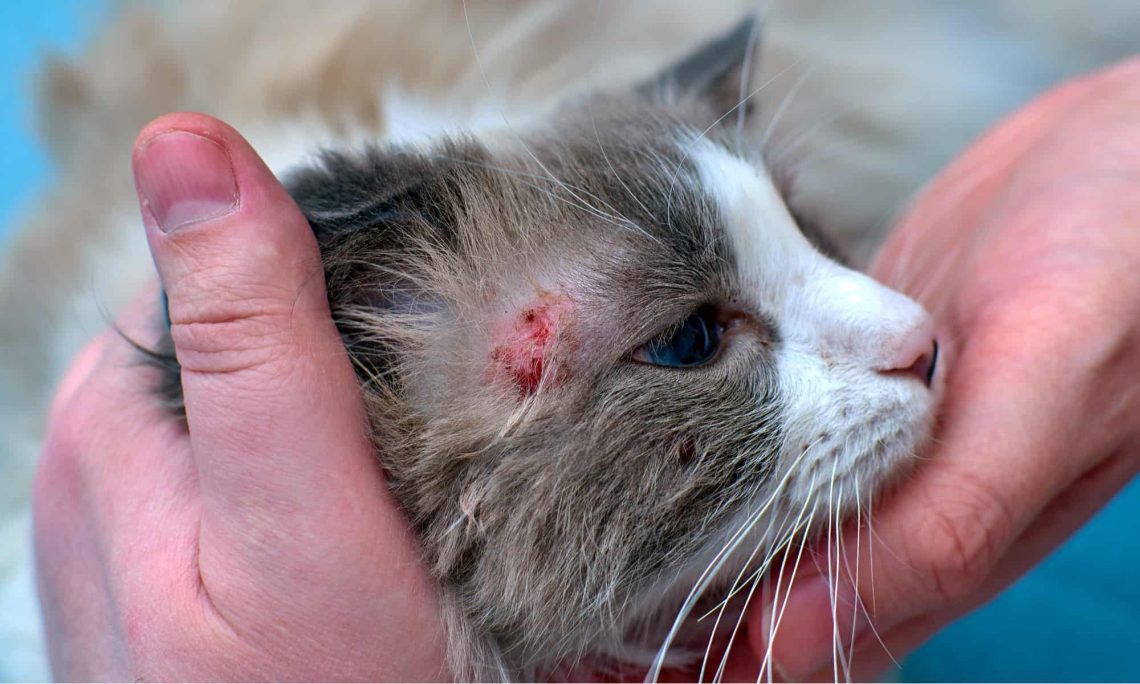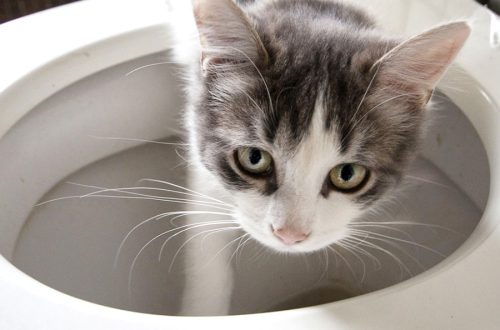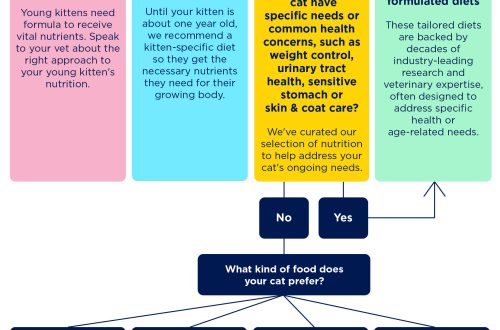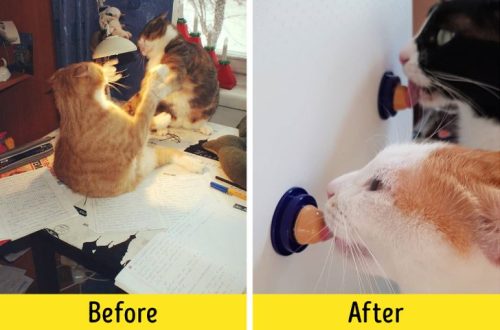
Ringworm in a domestic cat: symptoms, treatment and prevention
Unfortunately, many medical terms are notorious for their ambiguity, and “ringworm” is undoubtedly one of the most misunderstood terms. Although this disease is universally considered parasitic, it has nothing to do with worms. According to the Merck Veterinary Manual, ringworm in cats, also called dermatophytosis, is a disease caused by a fungal infection of the skin, most commonly the fungus Microsporum canis.
Contents
How does ringworm appear in cats?
The main problem with dermatophytosis is that it is really impossible to hide from it. Ringworm in cats is caused by a fungal organism that lives almost everywhere in the environment. It is found in the soil and thrives especially in warm, moist environments. However, ringworm pathogens don’t just live in the soil: fungal spores are so tiny that they easily cling to blankets, clothing, and wool and are carried indoors, where they can also thrive.
As soon as the fungus finds a live food source, such as a cat, dog or human, it penetrates deep into the hair follicles. It feeds on keratin, so hair, nails and skin become its main sources of nutrition. This is where ringworm can get in trouble: even if a cat gets infected with the fungus, it doesn’t mean that it will necessarily develop the disease itself. This is good news for pets and their owners around the world, according to the Cornell Cat Health Center.
A painstaking fluffy tidy, who tirelessly cares for his coat, can easily get rid of the fungus. In addition, the fungus can be defeated by other “competitors”, for example, bacteria that live on the cat’s skin and outnumber it. However, he can survive and stay. Although ringworm infection may be asymptomatic in some animals, others develop clinical signs of infection.
Ringworm in cats: symptoms
ringworm chaga on the skin of an infected cat looks like rings of a reddish rash. The cat’s coat usually falls out or becomes dull and bristly. Symptoms can progress to bald patches, flaking or itching of the skin, and infection of the nails.

How common is ringworm in cats?
This disease is not a rare occurrence: it is perhaps the most common infectious skin disease in cats worldwide. Although it can infect any animal, kittens are most likely to develop the infection, as their immune systems are less robust than those of adult cats. In addition, long-haired breeds are more susceptible to ringworm, as well as cats living in areas with a high population density, such as catteries. Animals that have other systemic diseases that weaken the immune system and those that are poorly fed are also susceptible to this disease.
Should You Worry About Ringworm?
Yes and no. It is not usually a serious disease, but can be transmitted to both humans and other animals such as dogs. Ringworm in cats is transmitted by direct contact with an infected animal. It can be transmitted from cats to dogs and humans in a variety of ways.
Adults, provided their skin is not damaged, such as scratches, are resistant to this infection, while children and people with weakened immune systems, on the contrary, are especially susceptible to it. If the owner notices suspicious skin lesions in the cat, you should immediately consult a doctor. Because human hygiene is generally more meticulous than that of pets, a topical antifungal cream or spray will suffice to treat a person in most cases.
In case of infection with ringworm of people or pets, cleaning should not be neglected. Fungus spores can live in cat litter or carpet for up to 18 months. To disinfect and kill fungus spores, you can use a solution of bleach and water in a ratio of approximately 1:8. It will be effective when used on hard surfaces, if they are allowed to apply such compounds. This is very important to prevent re-infection.
How to cure ringworm in a cat
It is unlikely that among cat owners there will be lovers to give their pet oral medications. Fortunately, there are topical antifungal creams and sprays that can be effective against ringworm as well. In addition, hair cutting and therapeutic baths, which are offered in veterinary clinics, will help get rid of this infection.
Oral antifungals, such as itraconazole, are often prescribed for more aggressive forms of infection or conditions that do not improve with topical treatment.
Oral medications can be flavored with tuna or other popular cat treats to make them easier to take. Environmental disinfection is a mandatory component of treatment that will break the cycle of infection.
Culture for dermatophytosis pathogens is the only way to truly monitor the cat’s response to treatment. If the infection is extensive or particularly persistent, treatment may take weeks or even months. Therefore, it is better to conduct an examination and diagnosis of hair loss and skin lesions as early as possible.
Ringworm in cats: what to do to prevent it
Preventing ringworm in cats is difficult, but possible. First of all, a healthy pet with healthy coat and skin is less likely to get ringworm as a result of infection with fungal spores. Nutrition plays a critical role in keeping the skin and hair follicles healthy, where fungus spores will try to settle.
If a new cat has appeared in the house, it is necessary to organize a quarantine period for it and conduct a cultural study (sowing) on the causative agent of ringworm. This is especially important if the new pet shows signs of coat or skin problems.
If a cat comes into contact with an animal diagnosed with ringworm, it is necessary to discuss with the veterinarian about prophylactic treatment with oral medications for up to two weeks. If an infection develops, ringworm may take weeks or even months to disappear. Maintaining your cat’s overall health is the most effective way to prevent the development of this persistent and troublesome skin fungal infection.
See also:
Skin diseases in cats What can be infected from a cat Why does a cat shed heavily? How to keep your cat’s coat healthy





